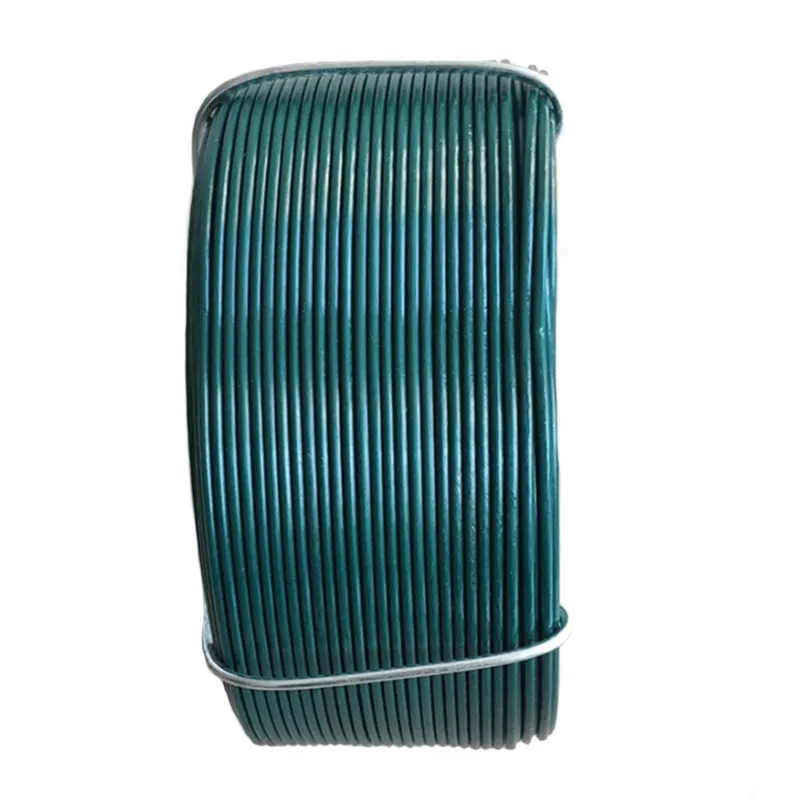-
 Phone:
Phone: -
 Email:
Email:

Razor Wire and Barbed Wire Solutions | Security Fencing Specialists
Razor Wire and Barbed Wire A Comparative Overview
When it comes to securing properties and protecting assets, the choice of fencing material plays a crucial role. Two of the most commonly used materials for security fencing are razor wire and barbed wire. Both serve the primary purpose of deterring intruders and enhancing safety, but they differ significantly in design, application, and effectiveness.
What is Razor Wire?
Razor wire, often referred to as concertina wire, consists of sharp blades that are attached to a wire frame. This type of fencing is characterized by its sharp-edged blades, which can cause severe injury to anyone attempting to breach it. Razor wire is usually coiled in a spiral pattern, which makes it difficult to climb over or cut through. Due to its design, it is primarily used in high-security areas such as prisons, military bases, and government installations. The intimidating appearance of razor wire serves both as a physical barrier and a psychological deterrent.
What is Barbed Wire?
Barbed wire, on the other hand, features sharp points or barbs that are spaced along a strand of wire. Originally developed in the late 19th century for agricultural fencing, barbed wire has become widely used in various applications, including farm fencing, perimeters, and some security installations. While it can also deter intruders, barbed wire is generally less effective than razor wire when it comes to high-stakes security.
Key Comparisons
razor wire and barbed wire

1. Design and Structure The most notable difference lies in their design. Razor wire's construction, with its sharp blades, creates a formidable obstacle. In contrast, barbed wire, with its spaced-out barbs, is less intimidating but still effective at causing discomfort.
2. Security Level For high-security needs, razor wire is the preferred choice due to its enhanced penetration defense. Prisons and secure military areas typically utilize razor wire to prevent breaches. Barbed wire, while still useful for creating barriers, is often seen as sufficient only for lower-risk applications.
3. Ease of Installation Barbed wire is generally easier and cheaper to install than razor wire. This makes it a common choice for agricultural purposes and basic property fencing, where the level of security required is not as stringent.
4. Maintenance Both types require maintenance, but razor wire may incur more costs over time due to potential rusting or damage to the sharp edges. Proper maintenance is crucial to ensure the integrity and deterrent effectiveness of razor wire.
5. Legal and Ethical Considerations The use of razor wire, especially in residential areas, can raise ethical and legal questions due to its potentially harmful nature. Some jurisdictions have regulations regarding its installation, as it can pose risks not only to intruders but also to animals and passersby. Barbed wire tends to have fewer regulations associated with its use.
Conclusion
In summary, both razor wire and barbed wire serve specific purposes in security and fencing applications. Razor wire offers a higher level of deterrence and is suitable for high-security settings, while barbed wire is more versatile and economical for various other applications. When choosing between the two, it is essential to consider the specific security needs, potential safety concerns, and applicable regulations in your area. Ultimately, informed decisions about fencing materials can significantly enhance the safety and security of any property.
-
Wire Mesh for Every Need: A Practical SolutionNewsJul.25,2025
-
Steel Fences: Durable, Secure, and Stylish OptionsNewsJul.25,2025
-
Roll Top Fencing: A Smart Solution for Safety and SecurityNewsJul.25,2025
-
Cattle Farm Fencing Solutions for Maximum SecurityNewsJul.25,2025
-
Affordable Iron Binding Wire SolutionsNewsJul.25,2025
-
Affordable Galvanized Wire SolutionsNewsJul.25,2025
-
Wire Hanger Recycling IdeasNewsJul.25,2025








